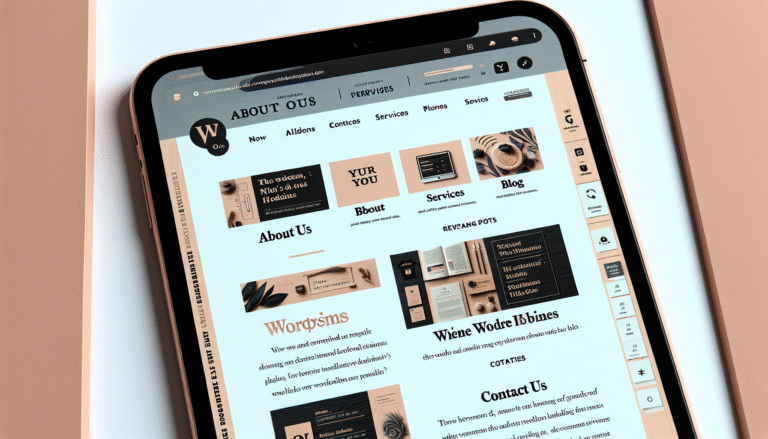
eCommerce product pricing is crucial for the success of an online store, influencing brand image and profit margins. Setting enticing prices while ensuring returns is challenging but necessary. Pricing decisions must align with market realities and the value offered. In a price-sensitive environment, even small adjustments can affect buying decisions. Lowering prices too quickly can harm profits, while ignoring competition may render offerings invisible. Striking the right balance fosters trust and repeat purchases.
This article provides practical guidance on pricing strategies, considering costs, competitor activity, and customer demand. It covers pricing frameworks, psychological cues, and refining approaches based on performance data.
Why Pricing Matters in eCommerce
Pricing shapes brand perception and purchase decisions. Around 45% of Gen Z shoppers cite price as a reason for cart abandonment. Understanding strategic pricing’s impact on brand perception, sales volume, and success is vital.
Brand Image and Perceived Value
Pricing reflects cost considerations and influences brand perception. Higher prices suggest premium quality, while budget-friendly approaches attract deal-seekers but may imply lower quality. Highlight unique benefits to justify prices and compete on more than cost.
Impact on Sales Volume
Competitive pricing boosts conversion rates, especially when consumers compare prices. Pricing too low may hurt profits, while pricing too high can deter buyers. Striking a balance is crucial.
Long-Term Business Growth
A well-planned pricing strategy fosters customer loyalty and stable revenue. Fair pricing aligned with value encourages repeat purchases and word-of-mouth marketing. Balancing sustainability and profit margins is key.
Understanding Your Costs
Effective pricing starts with understanding costs. Identifying direct and indirect expenses helps set profitable price points.
Breakdown of Direct Costs
Direct costs include production-related expenses like materials, labor, and packaging. Shipping fees are significant in eCommerce. List all expenses to determine the minimum price needed to recoup costs.
Identifying Indirect Costs
Indirect costs, like rent and utilities, affect operations but aren’t tied to specific products. Overlooking these can harm profits. Include marketing and platform fees in pricing calculations.
Calculating Total Cost of Ownership
Total cost of ownership (TCO) combines direct and indirect costs. Understanding TCO helps set prices that cover expenses and align with revenue goals.
Market Research & Competitor Analysis
Informed pricing decisions rely on competitor analysis and understanding market demand.
Identifying Competitors
Spot direct and indirect competitors. Use tools like Google Shopping and PriceSpy for pricing insights.
Analyzing Market Demand
Understand demand through keyword research and social media insights. Demand influences price flexibility.
Benchmarking Against Competitors
Compare products to competitors based on features and quality. Understand competitors’ marketing to ensure effective positioning.
Common Pricing Strategies
Cost-Plus Pricing
Add a markup to production costs for profit. Simple but may ignore market trends.
Market-Oriented Pricing
Position products based on competitor prices. Balance benchmarks with product value.
Value-Based Pricing
Price based on perceived worth. Highlight unique features to justify higher prices.
Dynamic Pricing
Adjust prices based on demand and competition. Effective but requires careful communication.
Psychological Pricing Methods
Charm Pricing
Price just below whole numbers to create a perception of a deal.
Anchoring Technique
Use higher-priced items to make others seem more reasonable.
Bundling and Deal Packaging
Group products for a combined price to increase perceived value.
Tools and Metrics for Pricing
Pricing Software and Automation
Use tools for real-time competitor pricing data. Automation aids in maintaining profit margins.
Key Metrics to Monitor
Track conversion rates, average order value, and profit margins for pricing insights.
Testing and Analytics
A/B test price points to understand customer response. Gather qualitative feedback.
Creating a Profitable Pricing Structure
Setting Minimum Price Thresholds
Calculate all costs to establish a baseline price.
Planning for Discounts and Promotions
Plan promotions carefully to avoid devaluing products.
Using Tiered Pricing or Multiple Options
Offer different pricing tiers to cater to various budgets.
Monitoring and Adjusting Prices
Ongoing Competitor Monitoring
Track competitor activity to respond to market shifts.
Adjusting Prices Based on Performance
Use sales data to refine pricing. Consider seasonality.
Long-Term Pricing Strategy Review
Regularly assess pricing strategy as the business evolves.
Potential Pitfalls and How to Avoid Them
Race to the Bottom
Focus on delivering value rather than undercutting prices.
Ignoring Customer Perception
Align pricing with brand identity and communicate benefits.
Lack of Flexibility
Adapt pricing to market changes and competitor actions.
FAQs About eCommerce Product Pricing
– Calculate baseline prices by identifying costs and adding a markup.
– Market research reveals competitor pricing and trends.
– Cost-plus pricing is a good starting point for beginners.
– Highlight product benefits to avoid undervaluation.
– Adjust prices seasonally to match demand changes.
– Use promotions for special events or slow inventory.
– Communicate




